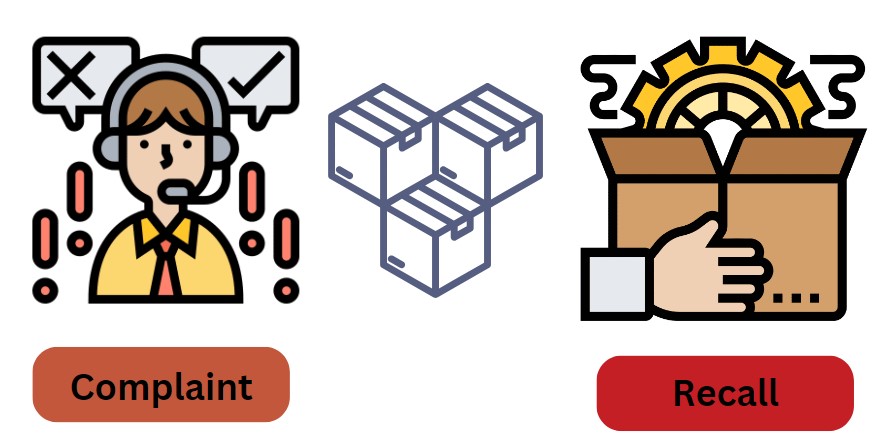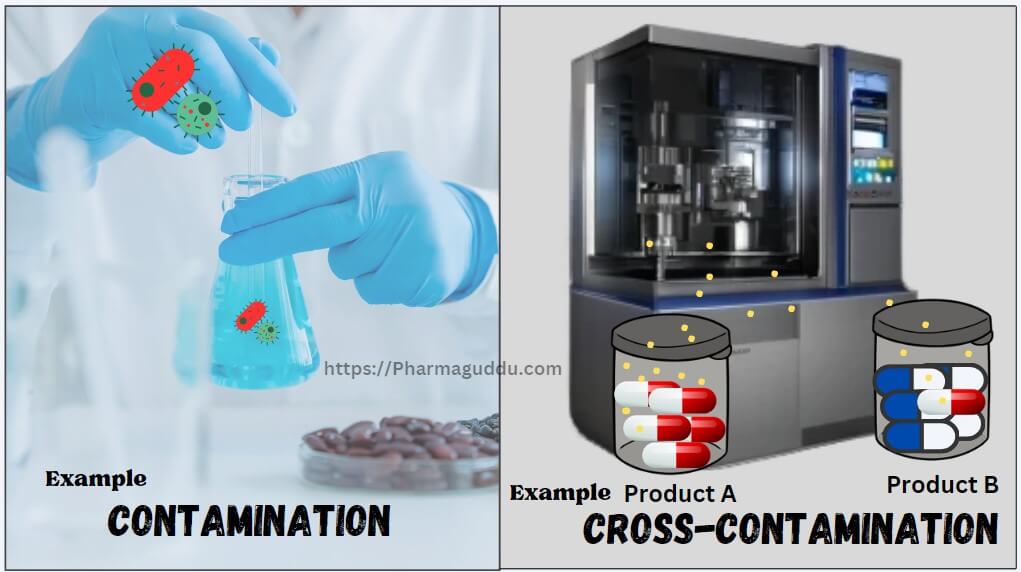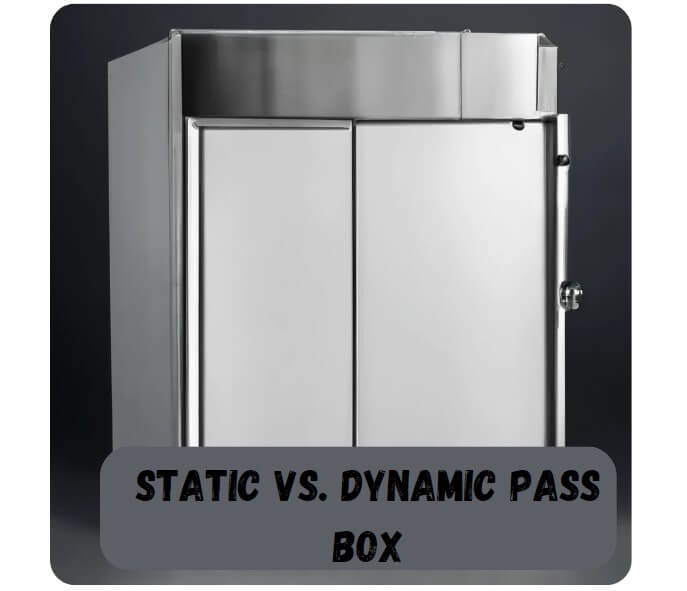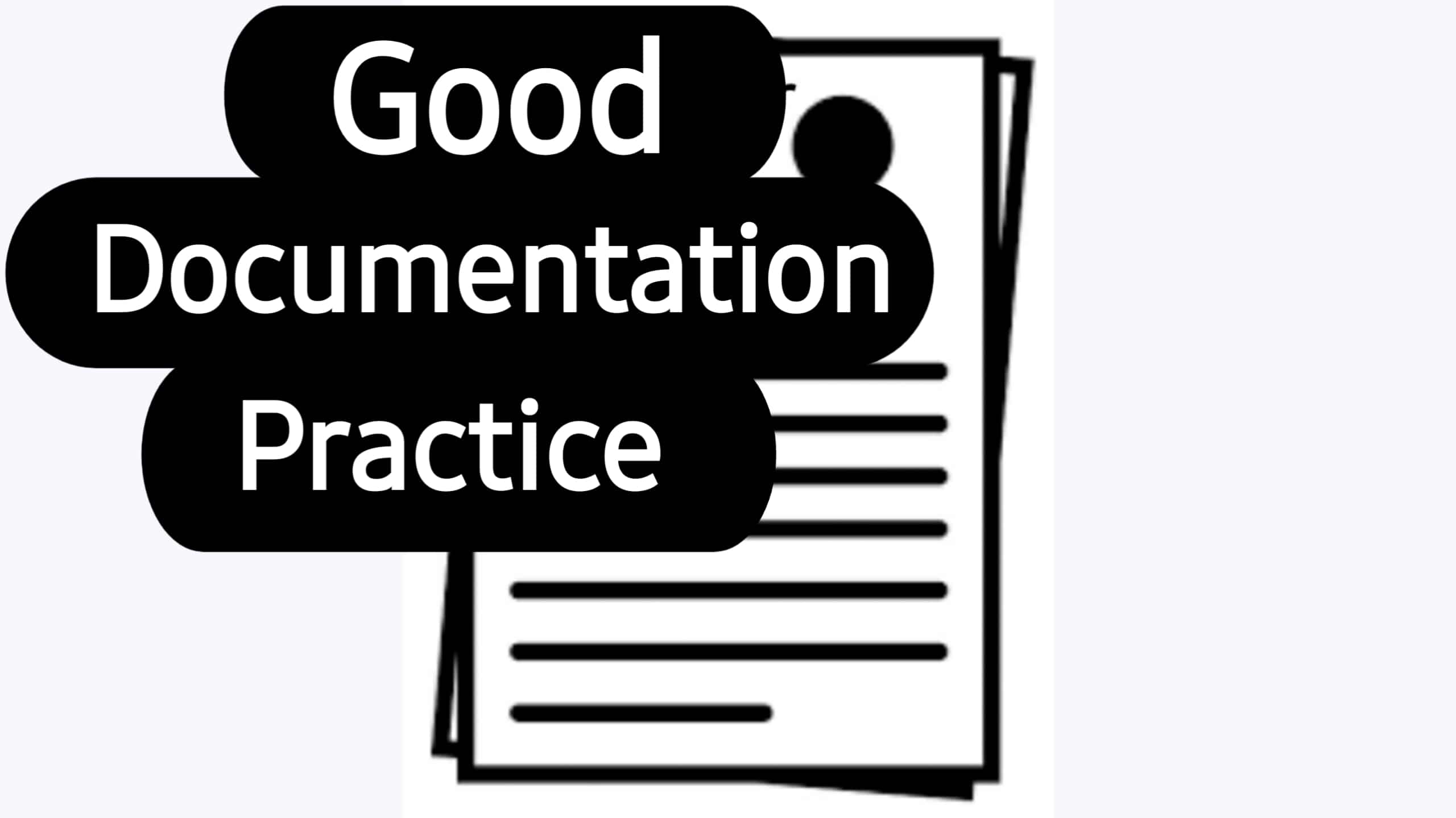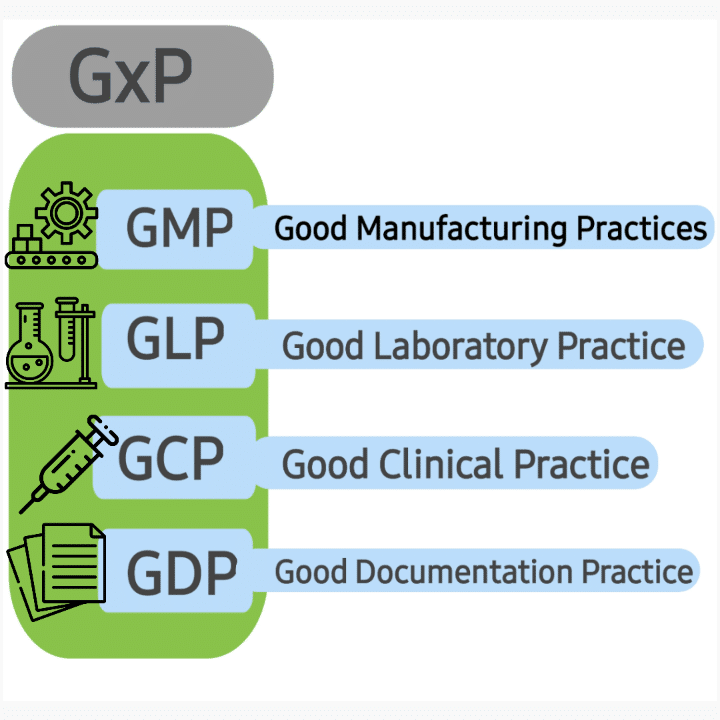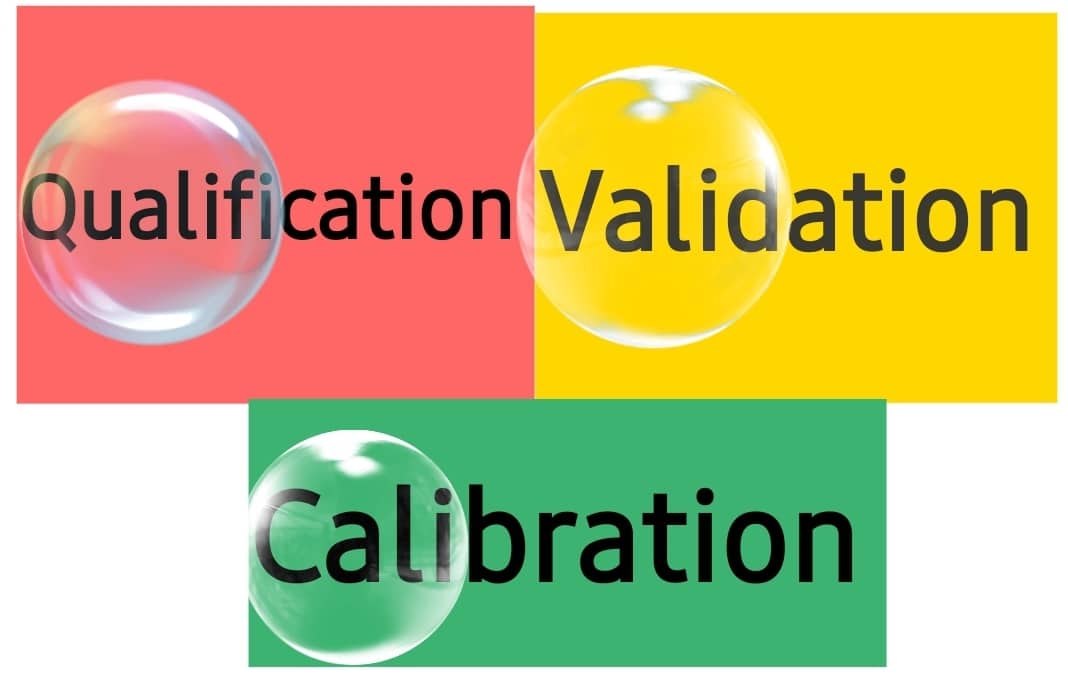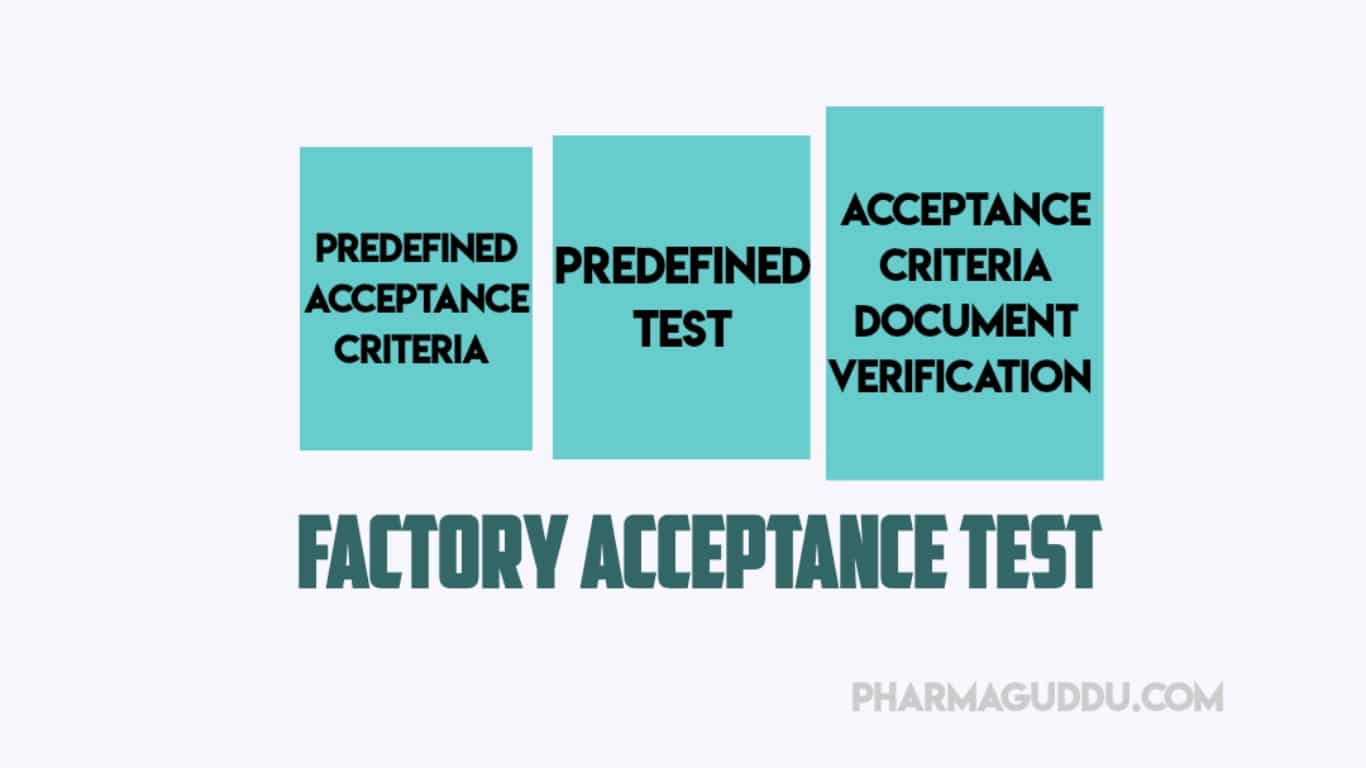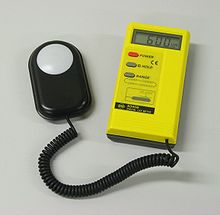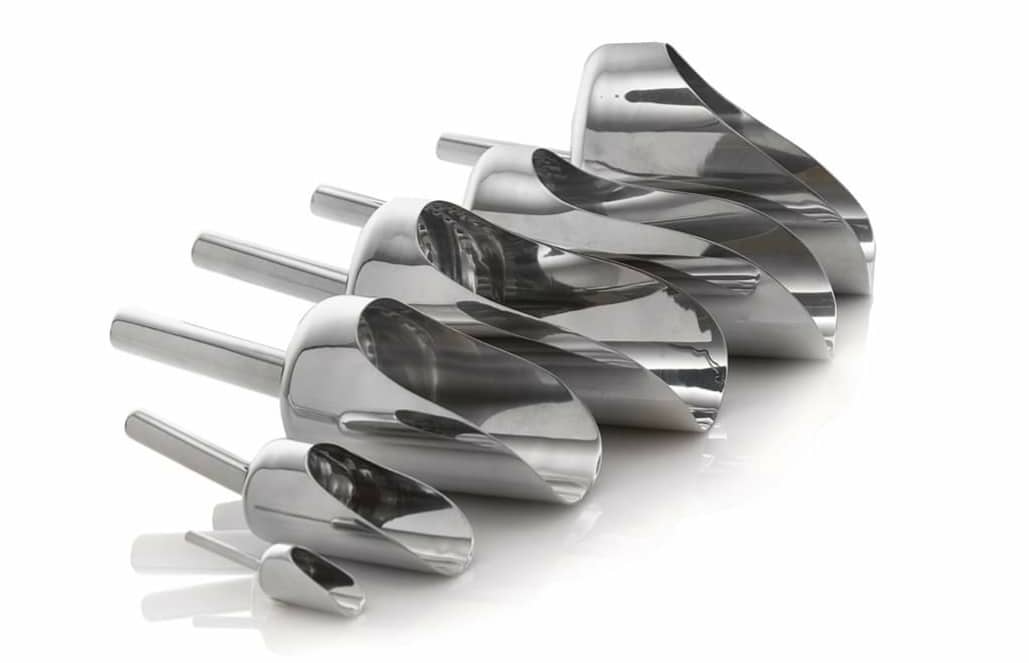Recall And Complaints Procedure for Pharmaceutical Products
Recall and complaints both are different things that are used for marketed products. Recall means a company’s removal and correction of a marketed product that the FDA considers to be in violation of GMP. The Recall does not include market withdrawals. Whereas for product Complaints is not good things. It shows customer dissatisfaction with the manufacturer’s … Read more

